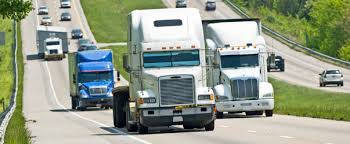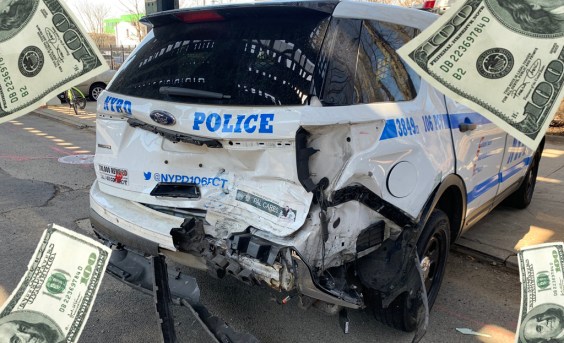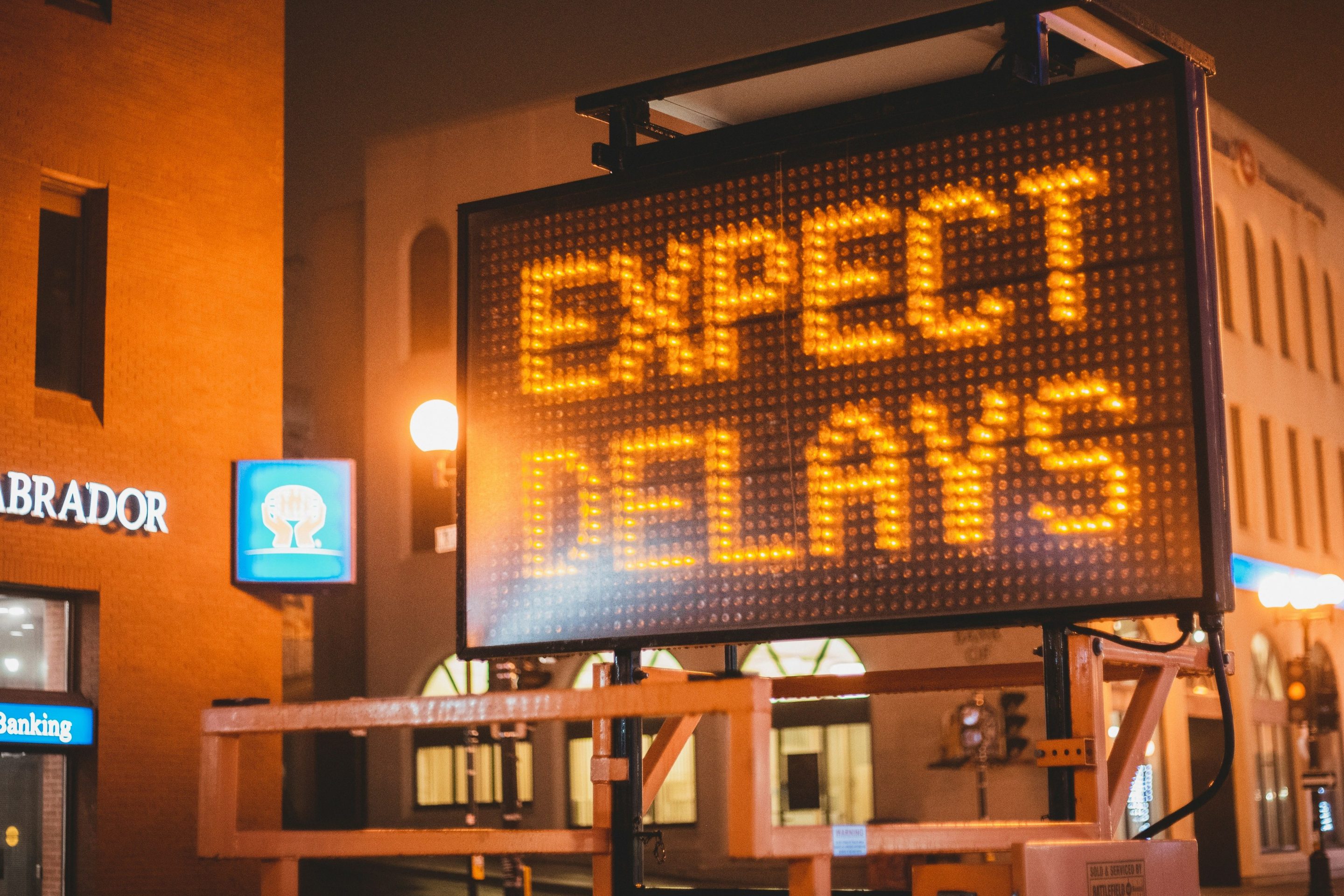Barbara Boxer’s Transportation Bill: Same As It Ever Was
4:11 PM EDT on May 13, 2014
The future of national transportation policy is pretty much like the present of national transportation policy, if the Senate Environment and Public Works Committee has its way: underfunded and highway-centric.

The bill released by Senator Barbara Boxer's EPW Committee yesterday [PDF] rejects pretty much everything the Obama administration put forth in its bill, including permanent funding for TIGER and the elimination of red tape that prevents states from tolling interstates. The administration called for spending $302 billion over four years, while the EPW bill envisions a $265 billion budget over six years -- although that figure does not include transit or rail.
And that’s part of the problem. The administration put forward a comprehensive, multi-modal transportation bill proposal. But in the Senate, the process is shepherded by EPW, and EPW only writes the highway component of the bill, then hands it over to the Banking Committee for the transit piece and the Commerce Committee for the rail and safety piece. And of course, nothing at all will happen unless the Senate Finance Committee can find a way to pay for it.
"It’s disappointing that the Senate is still operating under complete modal siloes and not thinking of this as a comprehensive system in any way, shape, or form," said Joshua Schank of the Eno Center for Transportation.
Boxer has long hinted that she doesn't see much need to change the policies laid out in the current transportation bill, MAP-21, which was negotiated less than two years ago. And by that standard, she has delivered. While there are some updates to MAP-21, by and large, the EPW bill maintains the status quo right down to the level of funding, which is only adjusted for inflation.
Of the few changes included in the bill, the proposals are hit-or-miss. Here's the rundown.
Freight. One notable new line item is money for a national freight program, which was stripped out of MAP-21 in conference. The new bill allocates nothing for freight in 2015 but then funds the program with $400 million in 2016, raising by that amount every year until it topping out at $2 billion in 2020.
Unfortunately, the freight money will be disbursed according to formula, with no regard for merit or national strategy. A program that really wanted to improve the national freight network would target the worst bottlenecks with the money required to ameliorate them, not just spread funds around like petty cash for road widening.
And unlike the administration’s multi-modal plan for freight, the Senate’s plan is purely highway-focused. The program even renames the Primary Freight Network as the “Primary Highway Freight Network.”
According to the Coalition for America’s Gateways and Trade Corridors, a trade association that represents conventional transportation and freight interests, the overwhelming sentiment from more than 300 comments submitted on the freight program earlier this year was in favor of a "broadly multimodal, rather than highway-centric" freight network. CAGTC and other groups are counting on the EPW Committee to work with the Commerce Committee to make that happen.
The numbers. The federal-aid highway program would grow from $38.44 billion in 2015 to $42.59 billion in 2020. The TIFIA loan program, whose expansion was a key point of bipartisan agreement in MAP-21, stays at $1 billion per year for the duration of the bill. We'll have to wait for the other committees to fill in numbers on rail and transit.
TIGER and PNRS. The bill doesn’t mention TIGER at all but authorizes Projects of National or Regional Significance at $400 million a year out of the Trust Fund. MAP-21 also included PNRS but funded it out of general funds, which ended up meaning it didn’t get funded at all. No one really missed it, though, since TIGER kept roaring. PNRS is no substitute for TIGER -- the bill mandates that 80 percent of the funds be used for highways, and the project cost minimum is $350 million -- way too high for most bikeways, streetcars, or BRT projects -- the kinds of things TIGER shines at. While the new bill includes cities as eligible entities for PNRS funds, few cities would have projects in the pipeline that meet its criteria.
Bike/ped. There are some small but positive changes to bike/ped funding. MAP-21 came up with a complicated, though welcome, system of divvying up funds between states and local governments. The problem was that the half that the states got could be transferred to other programs without penalty, so instead of a small but dedicated fund for active transportation, that portion just a slush fund for states. Now, instead of having half the money to use as they please, states would have a third. Two-thirds would go directly to local governments, divided among jurisdictions proportionally to population. Bike/ped funding would go up modestly at the same rate as highway funding in the bill.
The Bike League gives the bill a B+, giving good marks to a requirement that U.S. DOT develop a specific non-motorized safety performance measure -- “a key ask at the last two National Bike Summits and the subject of a concerted campaign over the past 18 months.” Non-profits would now also be eligible for some bike/ped funds -- a significant change, since Safe Routes to School programs are often administered by non-profits. It also streamlines the permitting process for small active transportation projects.
Some pedestrian projects are also explicitly made eligible to be 100 percent federally funded, including flashing crosswalk signals and pedestrian islands.
Transit-oriented development. Another welcome change is the inclusion of a measure, introduced just last week, to use TIFIA loans to help finance transit-oriented development. ”This measure will allow communities to better realize the potential of their transit systems, grow their economies, provide families with more housing and transportation choices while giving both the private and public sectors the financial tools to help make it happen,” said Geoff Anderson, president and CEO of Smart Growth America, in a statement. TIFIA eligibility for TOD was considered for MAP-21, too, but was left on the cutting-room floor.
Bridges. The bill fixes a serious blunder of MAP-21, in which all bridge funds were recategorized in a way that made less than half of bridges eligible for them. The rest would have to be funded out of Surface Transportation Program funds -- putting the squeeze on other projects, including bike and pedestrian work. The Senate's new bill allows up to 10 percent of bridge money to be used for the "off-system" bridges that MAP-21 barred. It's probably not enough, but it's an acknowledgment of the error.
Project delivery acceleration. The urge to speed up the delivery of transportation projects remains in this bill. MAP-21 weakened environmental reviews by shortening the amount of time communities have to respond to plans, but this bill seems to improve planning and reduce project delivery times without doing further damage to environmental and community protections. "I think [Boxer] threaded the needle pretty skillfully," said Deron Lovaas of the Natural Resources Defense Council.
Funding source. Other Senate committees will be rolling out the rail, safety, and transit provisions -- not to mention the all-important funding proposal, which will come from the Finance Committee. And really, securing a new funding source is what the Senate has set out to achieve with this bill, more than policy reforms. The small tweaks in the EPW bill are almost beside the point, as far as senators are concerned. They mainly just want to find new revenue for the ailing Highway Trust Fund. And with a gas tax increase apparently off the table and a bipartisan plan for corporate tax reform not going anywhere, the options are pretty limited.
“Boxer’s a pretty powerful force but $100 billion is a lot of money to come up with in a short amount of time,” Schank said.
This bill probably won't solve the funding issue, but it does try to set the table for a solution by funding studies of revenue alternatives. Vehicle-miles-traveled fees would almost certainly be on the list. So would Boxer's preferred option of a wholesale tax on oil.
While Boxer has delivered a bill well in advance of the drop-dead date by which the trust fund goes insolvent -- in August, before the expiration of MAP-21 -- the House has made no such promises. Now that the water resources bill is done, perhaps some bandwidth will be freed up. But either way, many observers think that whatever “funding solution” Congress agrees on will be another patchwork, temporary fix, incapable of funding a six-year bill -- much less modernizing the nation's transportation program for the 21st century.
Stay in touch
Sign up for our free newsletter
More from Streetsblog USA
Car Crashes by City Workers Cost NYC Taxpayers $180M in Payouts Last Year: Report
A record number of victims of crashes involving city employees in city-owned cars filed claims in fiscal year 2023 — and settlements with victims have jumped 23 percent, a new report shows.
Tuesday’s Headlines Are Driving Inflation
Driving — specifically, the cost of car ownership — is one of the main factors behind inflation, according to the Eno Center for Transportation.
SEE IT: How Much (Or How Little) Driving is Going on in America’s Top Metros
Check it out: The lowest-mileage region isn't the one you'd think.
Monday’s Headlines Bring Another Setback
The Biden administration's new rule requiring states to report their greenhouse gas emissions from transportation was dealt another blow when the Senate voted to repeal it.
‘The Bike Is the Cure’: Meet New Congressional Bike Caucus Chair Mike Thompson
Meet the incoming co-chair of the congressional bike caucus — and learn more about how he's getting other legislators riding.




